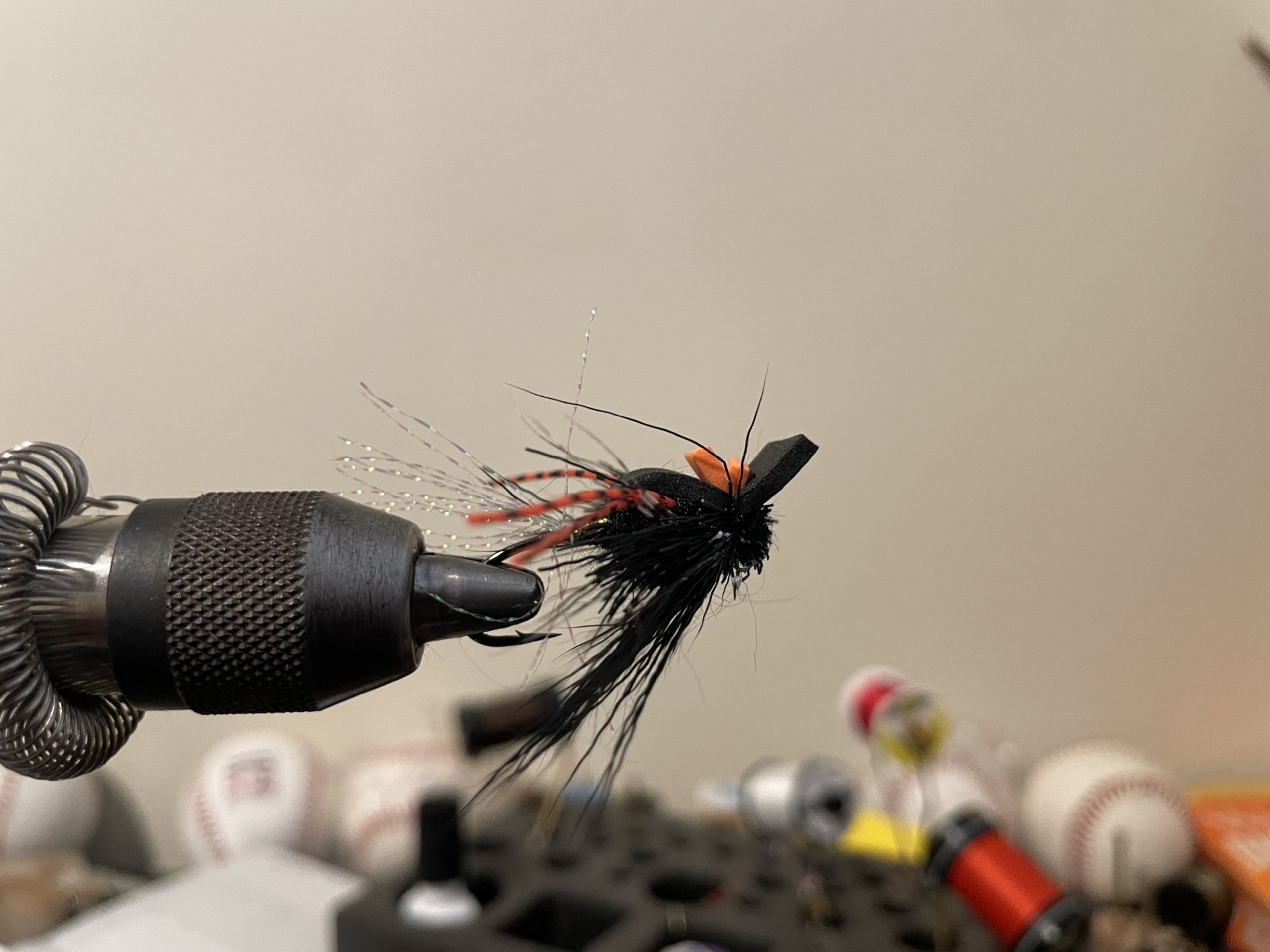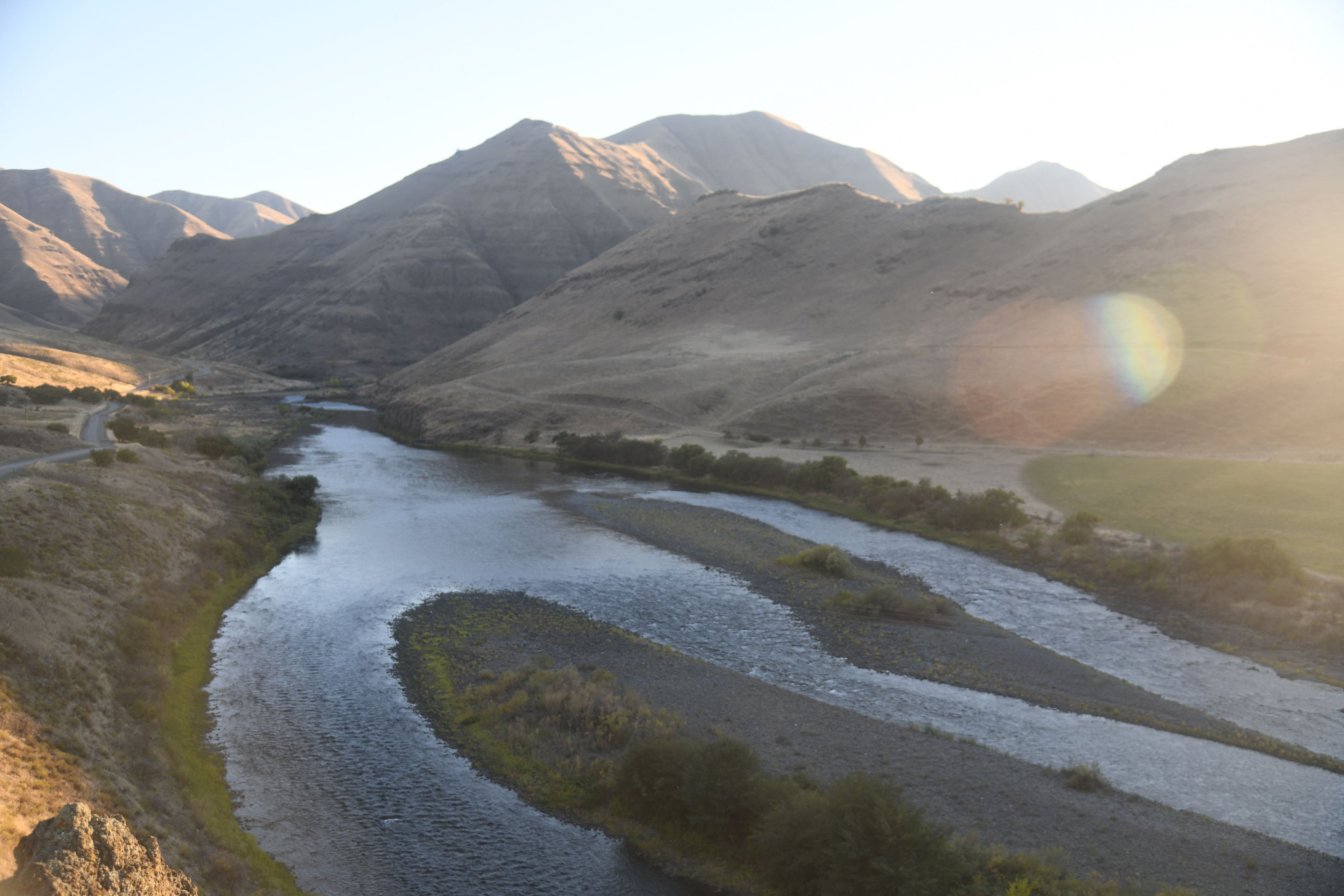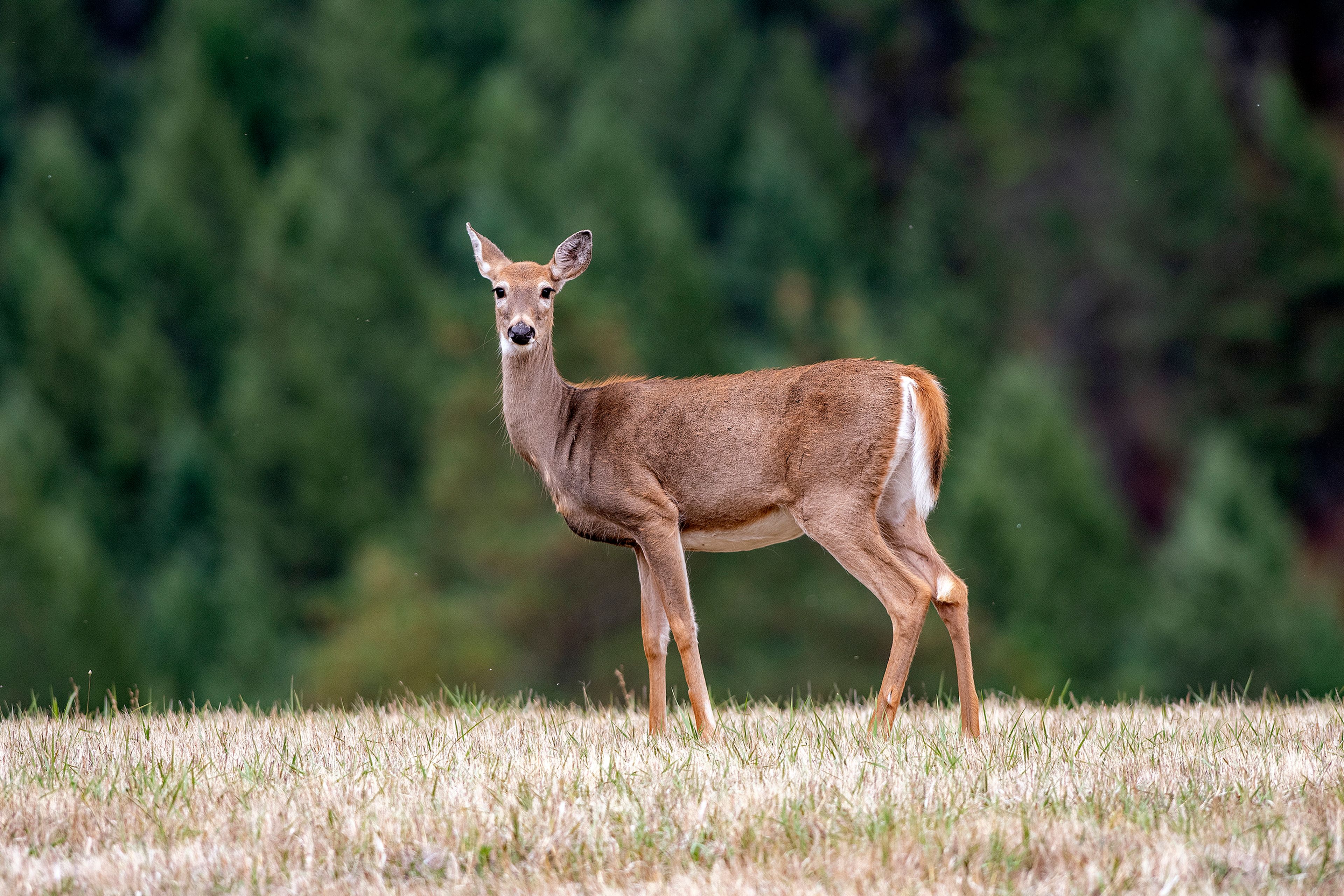Skating flies and pondering the nature of logic on the Grande Ronde River
There’s no reason a steelhead should eat a fly that skitters across the surface of a river. Actually, there’s no reason steelhead should eat flies at all.
Steelhead leave the Pacific Ocean and swim hundreds of miles upstream to spawn. It’s a single-minded journey, and they don’t stop to put on the feedbag.
If they did, it’s hard to imagine they’d choose to eat the dry flies steelheaders tie on. A handful of patterns imitate October caddis, those giant mothlike bugs with an orange body, and those flies look like honest attempts to mimic fish food. The rest of a steelheader’s dry fly box looks like nonsense. There are piles of deer hair lashed to hooks, often combined with foam, flash and a set of rubber legs.
Some of those flies look like burnt tater tots with stuff dangling from them. Others look like dollar store Halloween decorations. They make as much sense as colleges from California playing football in the Atlantic Coast Conference.
But they apparently work, or at least it’s easy to find people who will tell you they do. Still, standing in the Grande Ronde River near sunset recently, I wasn’t sure I believed.
It was the second afternoon of my third trip to steelhead country this year. Two trips to the Clearwater in September had yielded nothing but the notion that I have a rotator cuff problem or a flawed spey casting stroke, or maybe both. I’d seen a big fish roll, but that was it.
An angler who fished behind me one night on the Clearwater this year told me that people should hit the Snake River when they’re desperate to catch a fish. I took that as a minor insult since that was the only place I caught a steelhead last year, but it did help me figure out where to go. It was time for a change of scenery, but I wasn’t so down in the dumps that I needed to fish the Snake.
The Grande Ronde begins in Oregon and winds through a stunning and dry canyon on its way to meet the Snake about 20 miles south of Asotin. It gets fewer fish than the Snake or Clearwater, but it’s known to be productive. Chris Donley, the Washington Department of Fish and Wildlife’s eastern region fish program manager, told me biologists expect something like 10,000 to 12,000 steelhead to return to the river this year. That’s not amazing – some years have topped 20,000 – but it’s also not bad.
Aside from productivity, there’s a lot to like about the Grande Ronde, even though it gets a little crowded. It’s a lot smaller, for one thing, and a good spey caster can cover just about the entire river. Silence is also possible, thanks to the lack of jet boats and major highways.
Then there’s its outsized reputation as a place where steelhead eat dry flies. Josh Mills, the well-known Spokane fly tier and inveterate steelhead geek, has had many good days getting Grande Ronde fish to chase dries – he said he once rose nine in an hour.
This is nothing like casting to trout feeding on the surface. Instead, the game is using big flies that move water and swinging them across the surface of the river. A wake forms behind them, which is why they’re also called waking flies. Anglers fishing for Atlantic salmon developed the tactic, and it eventually became popular among anglers chasing summer run steelhead across the Pacific Northwest.
Why it works is kind of a mystery, but the prevailing theory is that these flies – and wet flies, for that matter – prey on a steelhead’s natural curiosity. Because they have no hands or arms, they have just one option when something catches their eye: eat it. Get a grabby fish to look at a fly and you have a good chance to make something happen.
That’s all well and good, but you still have to see it to believe it.
By Sunday afternoon, I’d fished skaters and traditional wet flies on at least a half-dozen runs over 1½ days on the Grande Ronde. No dice, other than some small trout that liked muddlers. At some point, I told anglers on a passing raft that I didn’t think steelhead existed, hoping a fish might hear and decide to prove me wrong. That seemed about as likely to work as anything else.
So morale was low when I stepped into a boulder-strewn run not far from the river’s mouth. The sun was sinking, creating a mosaic of shadow and light in the canyon. There were pockets in the run that looked like good holding spots for steelhead, though a couple of fishless days will make you reconsider everything you know about fish.
Maybe that’s why it suddenly made sense to me to tie on a dry fly – black deer hair under black foam, with a long flashy tail and a set of orange legs. If nothing else, it would be fun to watch it skate.
Toward the end of the run, I became convinced it just wasn’t going to happen. I started looking around, marveling at the glory of golden hour. I also started thinking about beer and hot dogs. Camping trips call for the Babe Ruth diet.
Then something nudged the fly. Out of the corner of my eye, I saw a boil, right in front of a boulder.
On the next cast, the steelhead boiled again and inhaled the fly. The hook stuck, and a fight ensued.
I’m not sure which one of us was more surprised.









